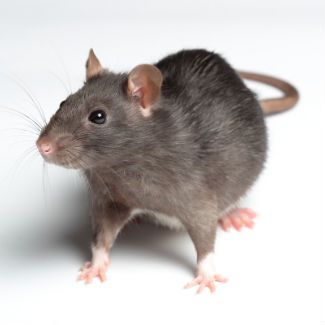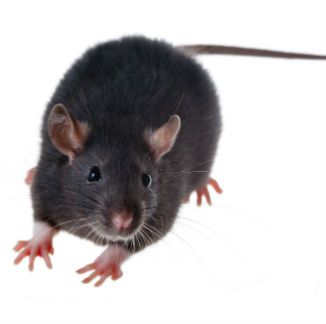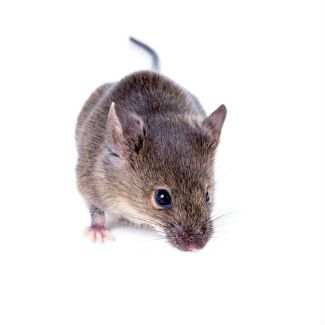
COMMON RODENT SPECIES:
RODENT IDENTIFICATION
Commensal Rodents – The term is commonly used to describe rats and mice that live in close proximity to humans, living in the structure or in the garden area of the structure. They become very dependent on humans for sources of shelter, food and water. They also become dependent on certain human behaviors that will allow them to thrive.
Get more information from the “Centers for Disease Control and Prevetion” from the button below.
Norway Rat:
“Rattus norvegicus”
This rodent is common in the southern California area, its the larger of the three most common rodents. This rat will enter a structure through ground level openings such as foundation venting, sub-doors and in some cases will burrow under the foundation.
It is very common for this species of rodent to enter a structure through the sewer system, when in the sewer they make their way up to the pipes below the kitchen and bathrooms and chew a hole or exploit a broken pipe making their way in to the structure.
Roof Rat:
“Rattus rattus”
This rodent is also common in the southern California area and in most cases will enter a structure from upper parts of the building such as roof vents, attic vents and or make holes directly in to the roofing material to gain access. They get to upper parts of the structure from power lines, over grown trees or just climb the walls.
From our experience they seem to be very inteligent and can become a problem in trapping them, they are very cautious of rat traps especialy when they have encountered the traps in the past and triggered one but did not get caught.
House Mouse:
“Mus musculus”
The common house mouse is the most common rodent infesting structures in North America and can be found in and around structures such as residential homes, apartment buildings and most other structures where humans reside and work.
This rodent is also found in farms and food processing facilities and is responsible for billions of dollars in damage to food and live stock in the United States each year, there are studies that have associated mouse feces with childhood asthma




